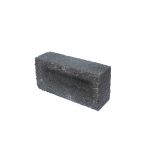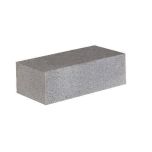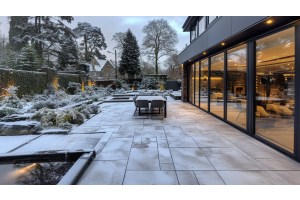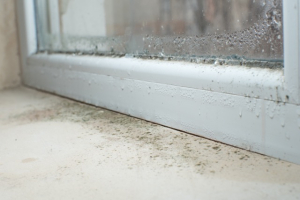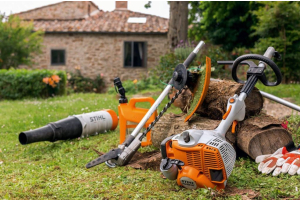How Many Bricks Do I Need? How To Calculate Brick Quantities
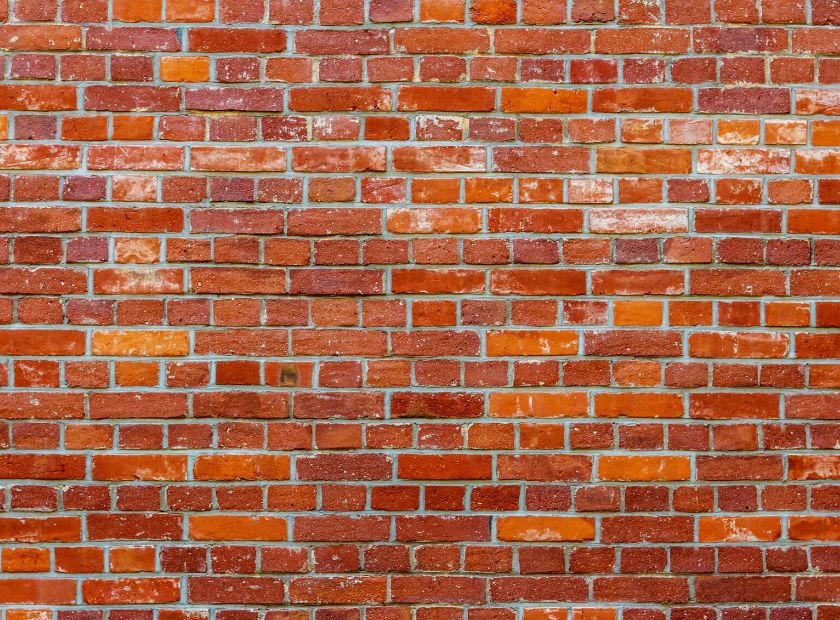
If you're undertaking a new project, one of the first hurdles you have to clear is getting an accurate estimate of the building materials you need. Building a brick structure is no different, and understanding how to know how many bricks you need is the first step!
Ordering the wrong number of bricks can either delay your project or waste money - being able to calculate the total number of bricks required means you can get it right the first time. In this blog, we'll guide you through the process with our brick calculator, so you can estimate the number of bricks you need without the hassle.
How To Calculate How Many Bricks You Need
The general rule of thumb for a standard-size brick wall is to multiply the length of the wall by the height to calculate the surface area you need to cover and multiply the total area by 60. You should also allow for wastage by adding an extra 10% of the total.
This rule can be applied to a single-layer brick wall that uses the standard UK brick size, but it can get a bit more complicated.
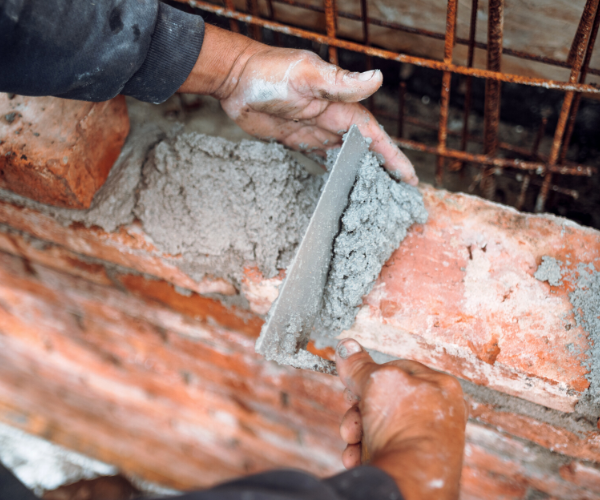
Estimating For Different Projects
No matter the project, the first step is deciding what exactly it is. Now, this might sound obvious, but the structure you're building will affect the number number of bricks you need. Whether you need to build a wall for a standard home or a new fire pit, this will impact your calculations.
Single Layer Walls
A single-layer wall (often known as a half-brick wall) has a width of one brick, with the longer side of the brick exposed. While these walls are not suited to load-bearing or structural applications, they are fantastic as a facade or as a supporting layer for existing systems.
As they aren't the most sturdy option, it's important to follow height restrictions and place brick piers along the wall. A single-layer built with standard bricks will use 60 bricks per square metre.
Double Layer Wall
A double-layer wall (or one brick wall) is essentially exactly what it says on the tin. These walls consist of two different layers, giving the wall better structural integrity. One brick layer walls can be used as free-standing structures and use 120 bricks per square metre.
Brick Piers
Piers are structures that help add strength to brick walls and are usually used as supporting structures or to carry beams and add aesthetic appeal. Constructed vertically, these pillars are often placed along structures such as single-layer walls. A single brick pier needs an extra 14 bricks per square metre and 34 bricks for double-layer structures.
Different Types Of Bricks
As we mentioned above, the typical UK brick is usually used to determine the number of bricks needed for your project, but what does this mean? A UK brick measures 215mm x 102.5mm x 65mm, and has a 10mm mortar joint vertically and horizontally.
Most suppliers will be able to tell you how many bricks are required per square metre for imperial bricks or concrete blocks, so make sure to check before ordering if you aren't using a standard option or a different mortar joint.
Calculating The Surface Area
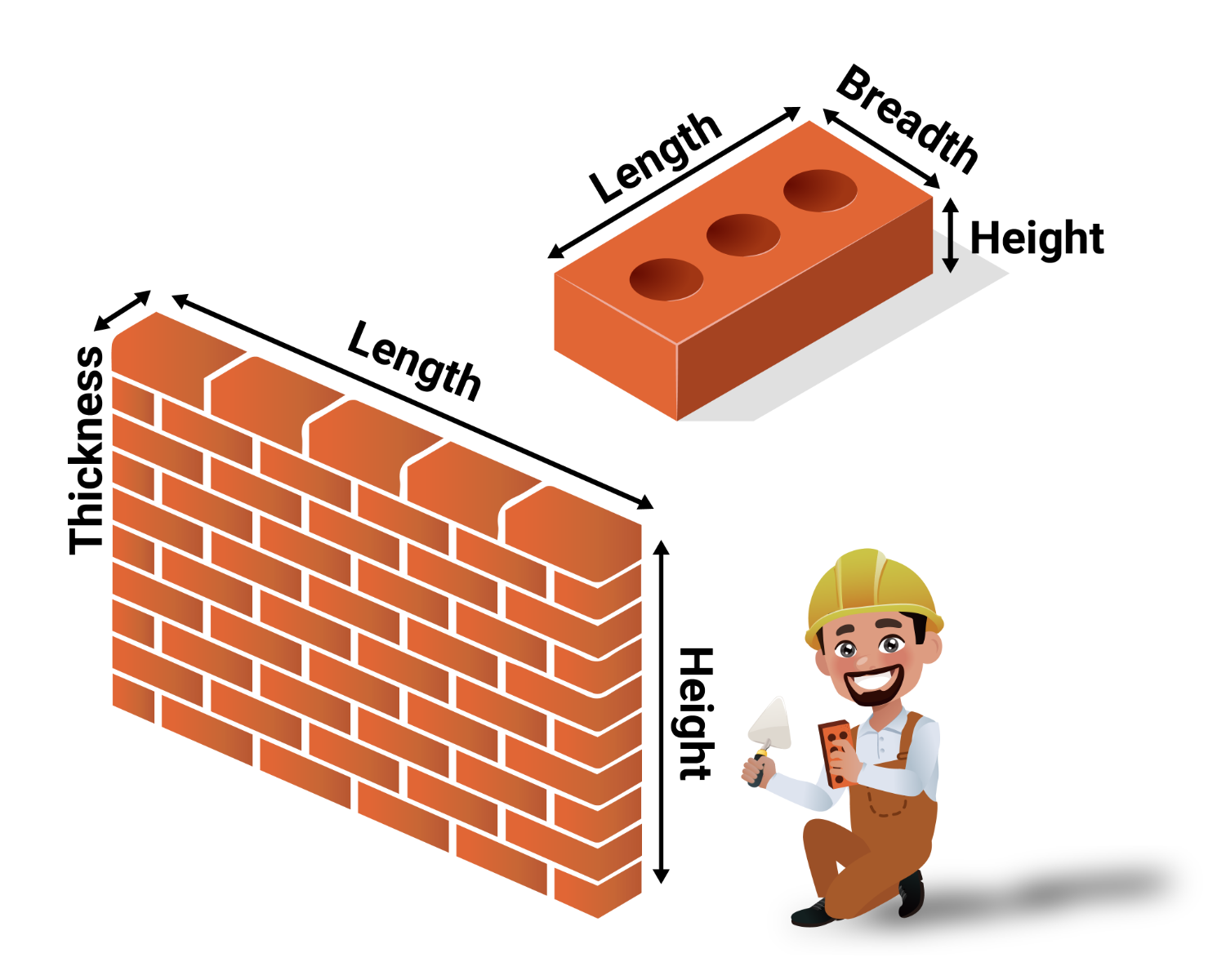
Once you've decided on your project and confirmed the dimensions of the bricks you're using - it's time to move on to the maths. To find the surface area of your structure it's as simple as multiplying the length and width of your project. For example:
Once you've found the surface area, calculate the pillars separately and this number at the end. To find out how many bricks you need for your piers, multiply the number of bricks required per square metre by the vertical height. For example, a 2m half brick pier would require 28 bricks.
Getting The Final Result
Now that you have your surface area, you can officially work out the final result. To get the number of bricks you need, multiply the surface area by the type of wall you're building. For a single-layer wall, multiply the surface area by 60, and 120 for a double-layer wall.
You should also take into account the bricks needed for your pillars, and be sure to include an extra 10% for wastage. So, using our 8m² wall as an example the final result for a single-layer wall with two 2m pillars and 10% wastage factored in would be:




